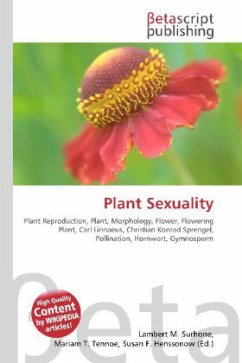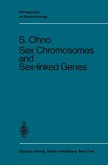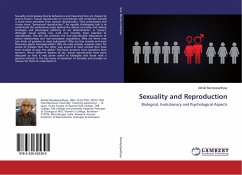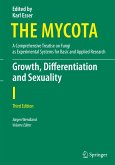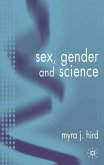Please note that the content of this book primarily consists of articles available from Wikipedia or other free sources online. Plant sexuality covers the wide variety of sexual reproduction systems found across the plant kingdom. This article describes morphological aspects of sexual reproduction of plants. Among all living organisms, flowers, which are the reproductive structures of angiosperms, are the most varied physically and show the greatest diversity in methods of reproduction of all biological systems. Carolus Linnaeus (1735 and 1753) proposed a system of classification of flowering plants based on plant structures, since plants employ many different morphological adaptations involving sexual reproduction, flowers played an important role in that classification system. Later on Christian Konrad Sprengel (1793) studied plant sexuality and called it the "revealed secret of nature" and for the first time it was understood that the pollination process involved both biotic and abiotic interactions (Charles Darwin''s theories of natural selection utilized this work to promote his idea of evolution)
Bitte wählen Sie Ihr Anliegen aus.
Rechnungen
Retourenschein anfordern
Bestellstatus
Storno

